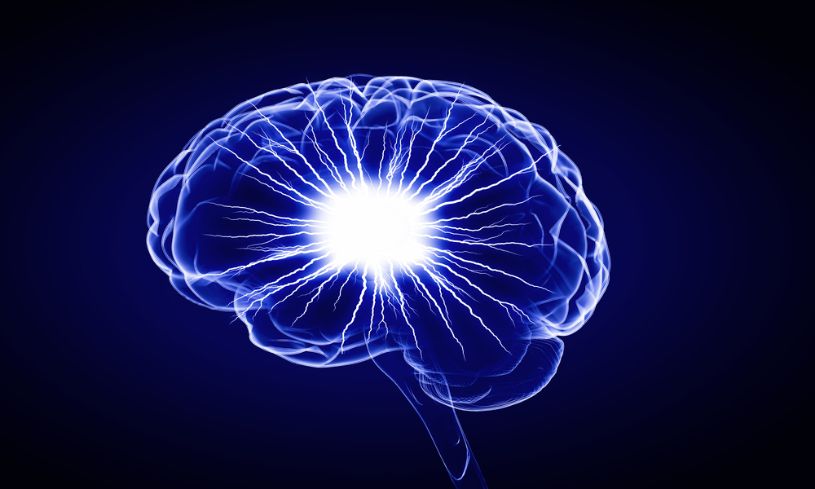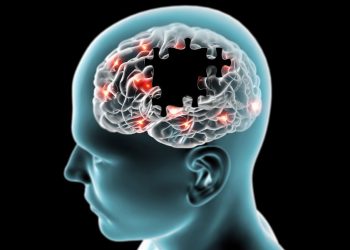
A subarachnoid hemorrhage is the most common type of hemorrhagic stroke, resulting in bleeding between the layers of tissue surrounding the brain. One in 20 strokes is caused by this type of bleeding. Patients suffering from a hemorrhagic attack should seek immediate medical treatment. They will likely require close monitoring and hospitalization. If necessary, surgery may be necessary to stop the bleeding and treat any complications that may develop. Rehabilitation can help in the recovery process.
Imaging tests are often performed to diagnose a hemorrhagic stroke. A physician may recommend an MRI or CT scan to confirm the diagnosis. Other tests, such as an electroencephalogram and lumbar puncture, can be administered to determine the extent of brain damage and check the blood clotting processes. A hemorrhagic stroke patient should seek emergency medical care right away. Providing rapid medical care will prevent the symptoms from worsening or causing further damage.
Although hemorrhagic stroke is rare, it can cause other serious complications. If you or someone you love has suffered a stroke, you should be aware of the signs of hemorrhagic stroke. These complications can have long-term effects and even result in death. As such, it is crucial to treat the disease as soon as possible. Some stroke survivors may experience rebleeding after the event. Fortunately, this type of rebleeding is rare.
The most common stroke symptoms include difficulty speaking and understanding speech, numbness or weakness in one arm or leg, or confusion. Hemorrhagic strokes tend to present with a heightened intracranial pressure, which may indicate the presence of a cerebellar hematoma or a clot. If the clots travel to the lungs, the patient will likely suffer from seizures, aphasia, and hemianopia.
A stroke can be caused by several types of blood clots. Hemorrhagic stroke is a type of acute stroke. The symptoms of hemorrhagic stroke include a persistent headache, aphasia, and facial palsy. It is important to seek immediate medical attention as soon as possible as these conditions can cause life-threatening consequences. A patient with a severe stroke may also require supportive treatments, including saline to support blood pressure.
Oren Zarif
Symptoms of a hemorrhagic stroke can include trouble speaking and understanding speech, numbness in the face, and confusion. Depending on the type of stroke, a person may experience problems speaking or communicating. They may also have pain or weakness in the arms, legs, or abdomen. Their ability to move can be affected. The victim may not be able to walk or talk.
Hemorrhagic stroke symptoms vary greatly from person to person. Some people may experience several or none of these symptoms, and the most important thing to do is seek immediate medical attention. The treatment of a hemorrhagic stroke varies depending on the location and size of the hemorrhage. While a TIA can be a warning sign of a stroke, it should be treated as a medical emergency.
Hemorrhagic stroke is a type of major stroke. In this type, a blood vessel breaks and causes bleeding in the brain, preventing oxygen and nutrients from reaching the brain cells. This is the most serious type of stroke. The most common symptom is a severe, sudden headache. This is the worst headache a person could ever experience. A TIA can last minutes or even hours.
Some other Hemorrhagic Stroke symptoms include difficulty speaking or understanding words, dizziness, and numbness of the arm or leg. These symptoms are common and should be reported immediately. If you notice any of these symptoms, call 911 as soon as possible. Be sure to write down the time the stroke began. If it is an emergency, call for medical attention. Once the symptoms begin, a patient must remain under the care of a physician or other health care provider.
A patient suffering from these symptoms should be rushed to a hospital as soon as possible. If the patient has already suffered a hemorrhagic stroke, he or she will need emergency treatment, which will be determined by the type of the disease. This means that the patient will have to be admitted to a hospital to receive the proper care. The first thing to do is call 911. If the patient can't speak, they can be taken to a rehabilitation facility.
Oren Zarif







